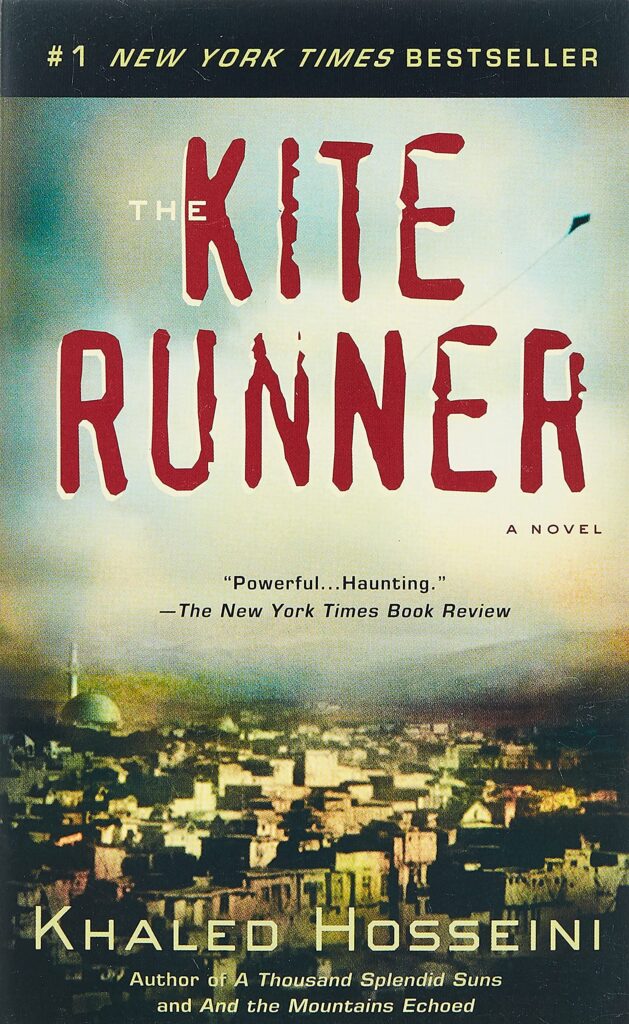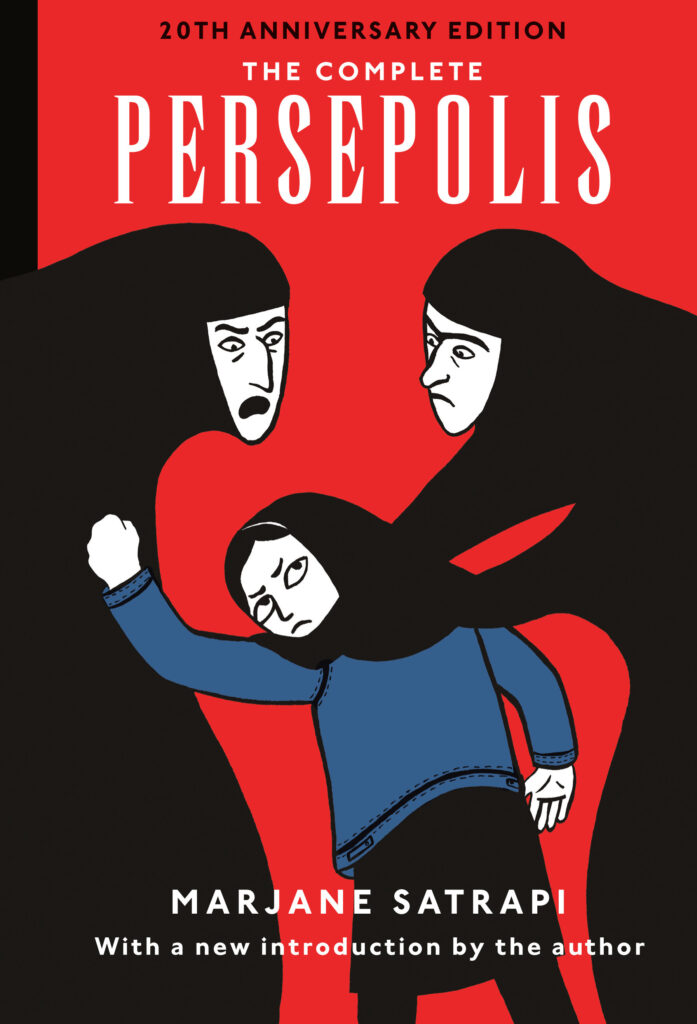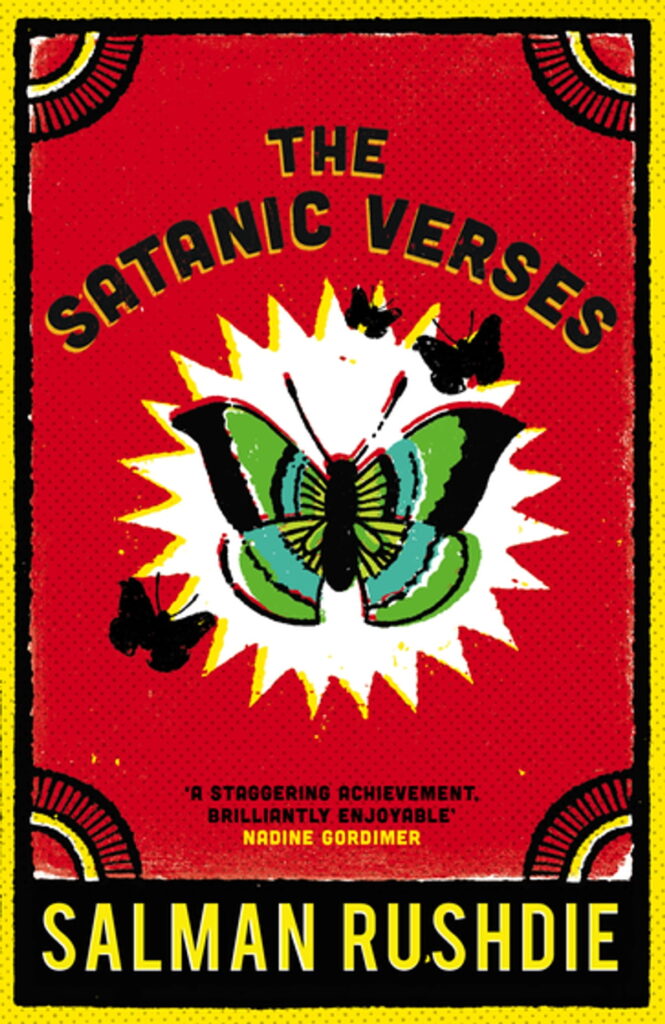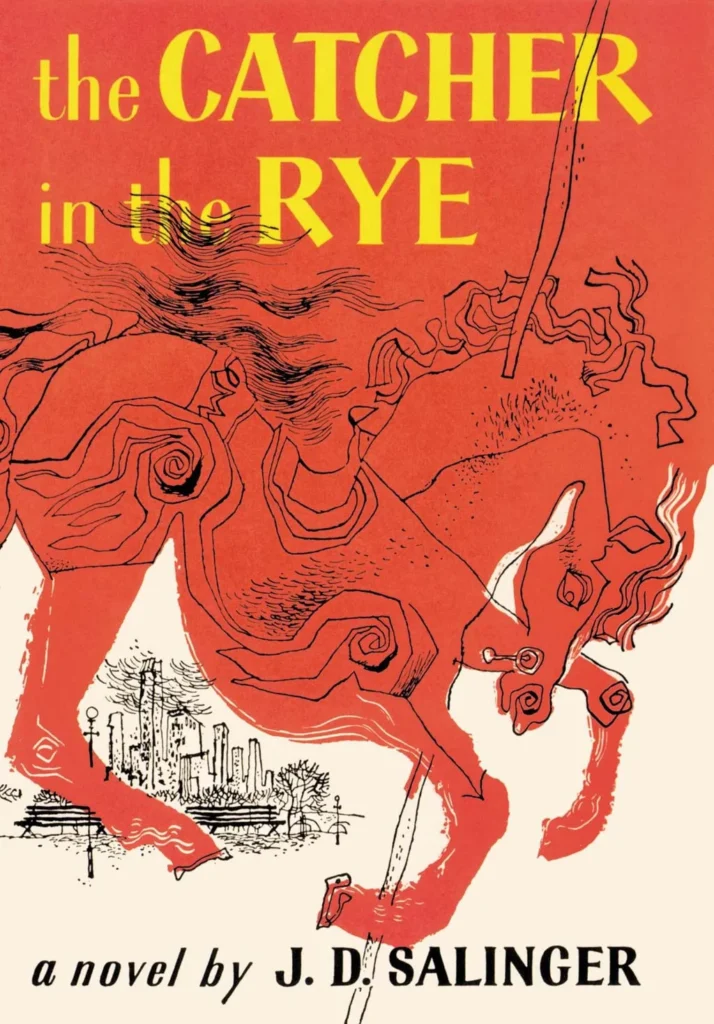Here’s a list of 6 banned books that have borne the brunt of regressive criticism across countries and cultures throughout history.
Books won’t stay banned. They won’t burn. Ideas won’t go to jail.
– Alfred Whitney Griswold
The phenomenon of books being kept away from the reading masses is not new. In the past, the pleasure of reading was largely confined to the aristocracy, and the ordinary masses had limited access to books until technological advancements, like the printing press, made reading more accessible. Even after these advancements, reading remained a privilege primarily for the wealthy and educated. Fortunately, in the 21st century, significant progress has been made in making reading and education more widely available.
However, does this mean that all knowledge is readily available to us without obstacles? Is there no interference when it comes to the books we can or cannot read? The long history of banned books and instances of book burning throughout history tell us otherwise. Even in ancient times, books were banned for political and ideological reasons. For example, the Roman Senate issued the Index Librorum Prohibitorum (Index of Forbidden Books) to control the spread of subversive literature, which is believed to have been active from 1560 to 1966. Religious institutions have also played a significant role in banning and burning books in the past that contradicted their beliefs or were considered ‘pagan’. In the 20th century, totalitarian regimes, such as the Nazis, used censorship as a political tool, and propaganda was often disseminated through controlled literature, such as Mao’s Little Red Book.
In contemporary times, restrictions on books take various forms, including private (where parents or individuals within a household restrict access) and public (involving government and media restrictions) mediums. This framework is not always straightforward, as there are instances where private and public spheres overlap, such as changes in school and college curricula, which impact both personal and public development. Here is a list of 6 banned books and the reasons they were banned:
1. The Kite Runner by Khaled Hosseini

Set against the backdrop of Afghanistan’s tumultuous history, The Kite Runner explores the consequences of one’s actions and the subsequent guilt that ensues. It marks the journey of the protagonist, Amir, from war-torn Kabul to the United States, where he seeks to make amends for past mistakes. The book has been banned in many countries, including the United States, Afghanistan, and the United Arab Emirates.
The reason behind the controversy it generated is layered. One of the primary reasons The Kite Runner has been banned in certain places is the presence of explicit scenes depicting sexual assault, i.e. a disturbing graphic incident involving the protagonist’s childhood friend, Hassan. The depiction of this sexual violence has led to objections and concerns from parents, educators, and community members who feel that it is inappropriate for young readers or students. Cultural and religious reasons also play a part in this scenario as the book explores Afghan culture and Islamic traditions in a critical light. Some readers in Muslim-majority countries or conservative communities have raised concerns about the book’s portrayal of Afghan culture and religion regarding the perpetuation of negative stereotypes and misrepresentation of the faith and traditions.
2. Ulysses by James Joyce

This is a highly complex and innovative modernist novel that takes place over the course of a single day – June 16, 1904 – in Dublin, Ireland. The novel is written using the stream-of-consciousness technique, structured into 18 episodes, each of which corresponds to an episode in Homer’s epic poem, The Odyssey. It follows the experiences of its two main characters, Leopold Bloom and Stephen Dedalus, as they go about their day. The characters encounter a variety of people and situations, and through that, the novel tries to paint a quaint and satirical picture of Irish society.
Ulysses encountered censorship and bans primarily for its explicit content, including scenes depicting sexuality and bodily functions. The novel’s depiction of sexual matters, along with its frank exploration of the inner thoughts and emotions of its characters, was considered offensive and obscene by many readers and authorities. Furthermore, its critiques of religion, politics, and societal norms, along with its challenging structure and non-linear narrative, contributed to the controversy surrounding the book. These factors led to legal challenges and censorship attempts in the United States, the United Kingdom, and other countries during the early 20th century. Despite these challenges, Ulysses is now widely regarded as a literary masterpiece and a significant work of modernist literature.
Also Read: The History of the Bloomsday Celebration in Ireland: A Literary Odyssey
3. Persepolis by Marjane Satrapi

Persepolis is a two-volume graphic memoir by Marjane Satrapi, recounting her life from childhood to early adulthood in Iran during and after the Islamic Revolution. The first volume, Persepolis: The Story of a Childhood, follows Marjane as she grows up in a politically active and progressive family in Tehran. In the second volume, Persepolis 2: The Story of a Return, Marjane leaves Iran to study in Austria, facing cultural challenges and eventually returning to a changed Iran. Through its combination of evocative illustrations and candid storytelling, Persepolis explores themes of personal and cultural identity, political and social activism, and the enduring impact of war on ordinary lives.
Persepolis faced censorship primarily due to its frank portrayal of sensitive themes such as political dissent and religious oppression. The graphic format, while accessible to many readers, has also been a source of controversy as some argue that the combination of images and text may make the content more explicit or accessible to younger audiences. Additionally, the memoir’s critical examination of religious dogma and its questioning of cultural norms have made it a target for censorship in some conservative communities and educational institutions.
4. The Satanic Verses by Salman Rushdie

Among all of Rushdie’s books, this one took the world by a sweep of controversy was talked about almost everywhere and is still in conversation. It was banned from various countries for its so-called blasphemous content. In India, multiple states and union territories banned the book in response to protests and pressure from religious groups. Pakistan also banned the novel, citing its content to be contrary to Islamic principles. Bangladesh, Saudi Arabia, Egypt, and South Africa likewise imposed bans on the book due to concerns about its alleged blasphemy. While the status of these bans may have evolved over time and enforcement varied, the controversy surrounding The Satanic Verses had a profound impact on discussions of freedom of expression, religious sensitivity, and the power of literature to challenge established beliefs.
It is a complex and controversial novel that weaves together various narratives and themes. At its core, the story follows two Indian actors, Gibreel Farishta and Saladin Chamcha, who survive a terrorist bombing of their hijacked plane over the English Channel. The explosion miraculously transforms them, with Gibreel taking on the persona of an archangel and Saladin transforming into a devil-like figure. One of the central elements explores the idea of religious revelation and apostasy, particularly through the character of Gibreel, who experiences visions resembling the early Islamic story of the “Satanic verses” – a controversial incident where the Prophet Muhammad allegedly received verses from Satan and later disavowed them.
This fictionalised account of the Satanic verses, an episode from early Islamic history where the Prophet Muhammad is said to have temporarily accepted verses from Satan before retracting them, among others in the book, was seen by many religious authorities as an affront to Islam and a mockery of its sacred figures and beliefs. The novel’s critical and often irreverent exploration of religious themes, coupled with its satirical treatment of political and social issues, led to widespread protests and calls for its banning.
5. The Catcher in the Rye by J.D. Salinger

J.D. Salinger’s masterpiece, The Catcher in the Rye, has encountered obstacles and opposition within educational institutions and libraries primarily due to its vivid portrayal of delicate motifs surrounding alcohol, drugs, and explicit language. The novel unveils the life of its teenage protagonist, Holden Caulfield, who delves into the depths of experimentation with cigarettes and the forbidden realm of underage drinking.
Holden’s frequent rendezvous at New York City’s bars and clubs, accompanied by his nonchalant depictions of these escapades, have sparked concerns among educators and parents regarding the potential sway it may hold over impressionable young minds. The novel’s candid portrayal of adolescent substance abuse has ignited a fierce debate, as some argue that it may inadvertently glamourise or normalise such behaviours among teenagers, thus prompting calls for its restriction or removal from the educational curriculum.
This extensive utilisation of explicit language has provoked consternation among certain readers and educators, who consider it unsuitable for more youthful readers. Critics maintain that the book’s employment of curse words and obscenity may be perceived as crude and objectionable, hence exacerbating its contentious standing.
6. Lady Chatterley’s Lover by D.H. Lawrence

Originally published in the year 1928, this novel unfurls the captivating tale of Lady Constance Chatterley, an unfortunate young lady entangled in an unhappy marital union with Sir Clifford Chatterley, a paraplegic veteran of war. The central theme that the novel revolves around is none other than Lady Chatterley’s scandalous affair with none other than Oliver Mellors, the gamekeeper of the estate. The author’s unapologetic and forthright portrayal of their intimate relationship, accompanied by the usage of graphic language and vivid descriptions, was unequivocally regarded as highly controversial during that era.
It encountered a multitude of obstacles in the form of censorship and prohibitions for several compelling reasons. These reasons included the overtly explicit sexual content and the perceived obscenity that permeated the work. The sexual content of the novel was deemed obscene and flagrantly violated the established moral standards of the time, thereby leading to a series of legal disputes and efforts to censor the book in various nations, including the United Kingdom and the United States.
Despite the aforementioned challenges, Lady Chatterley’s Lover is also widely hailed for its profound exploration of human sexuality, desire, and the confines imposed by societal norms, rendering it an exceptionally important work in the realm of 20th-century English literature.

